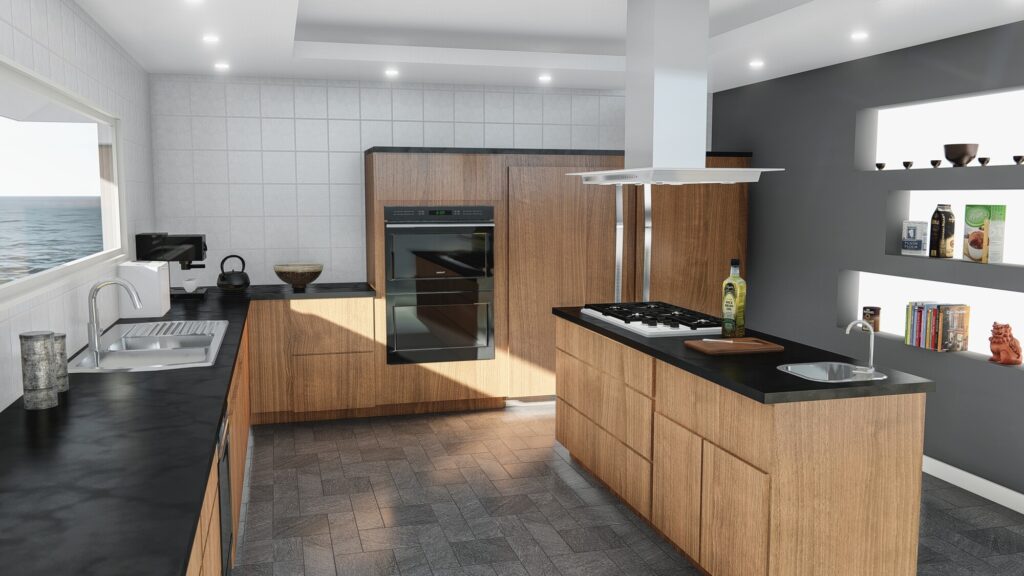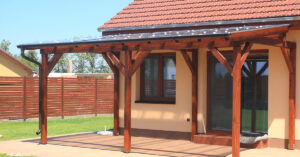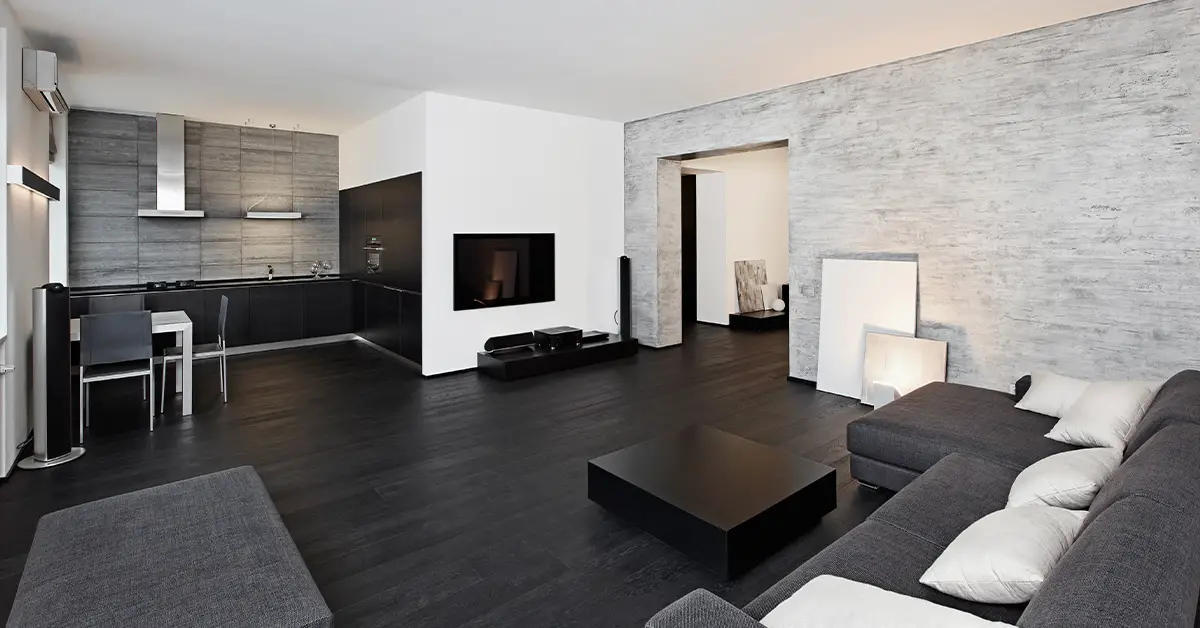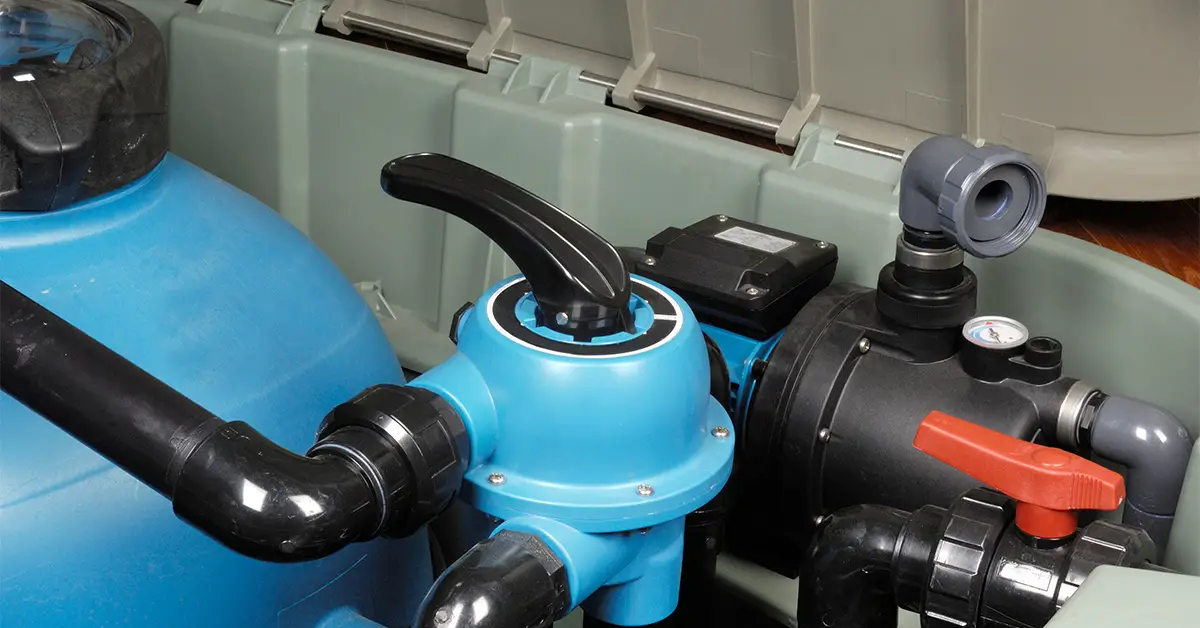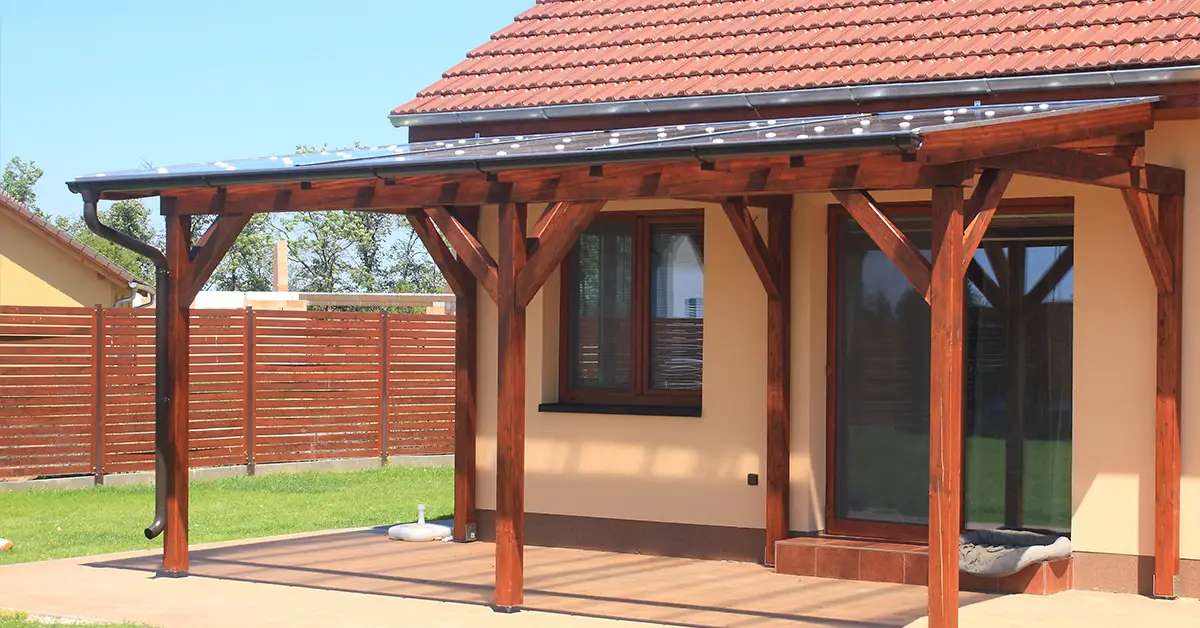Tiling a kitchen floor without removing cabinets is practical if the counter heights and room aesthetics won’t be affected. It’s a convenient option to save time and money. If you want more versatility for future updates to the kitchen, tiling under cabinets is a sensible approach.
A complete kitchen overhaul is an enormous investment, but you can still build home value by taking it slow. Whether you plan to sell your home or enjoy it for years to come, tiling the kitchen floor is one of the best places to start.
A tile floor is a near-perfect blend of practicality and beauty. But as satisfying as the finished product may be, installation is the notable drawback of kitchen tile. It gets even more complicated when you consider your cabinets.
Given how hard it is to install and remove, does tiling a kitchen floor without removing cabinets make sense? Should you remove everything and cover the whole floor?
These can sound like difficult questions, but this article will show you how easy it can be to find the right answer for your home.
Table of Contents
Tiling the Kitchen Floor Without Removing Cabinets
If you’re replacing an existing kitchen floor with tile, removing cabinets may be more trouble than it’s worth. Most homes are built with the cabinets placed directly on the subfloor with the flooring installed afterward.
Pros
Whether you use wood or tile for your kitchen remodel, there are several benefits to installing your flooring without taking out the cabinets. In many ways, it can be a practical way to protect your investment.
Preventing Damage Over Time
Like natural wood, tiles need an expansion joint and gaps between tiles to give them room to expand and contract with changing temperatures. It needs breathing room so that tiles don’t become stressed to the point of cracking or buckling at the joints.
A critical consideration surrounding a tile’s ability to expand and hold up over time is the load placed on it. With a heavy dead load, like kitchen cabinets, installing tiles first will leave them vulnerable to breakage.
If you want to put tiles first, you’ll usually need to upgrade from ceramic to something denser, such as porcelain tile. It’s a more expensive solution, which brings us to the next benefit of installing kitchen tiling after cabinets — it’s almost always cheaper.
Preventing Damage During Installation
Does your kitchen project involve more than installing a tile floor? If you have more work to do than simply moving kitchen cabinets out and moving them back in place after tiling, you might want to save your tile floor for last.
To start, if you’re doing an extensive kitchen remodel, the kitchen is a workspace before it becomes a usable room. Contractors use it for building cabinets, moving appliances, and configuring fixtures, which can put stress or wear on the tile. Plus, if you plan to paint, it’s essential to do that before tiling, or else you may stain and ruin your brand new installation.
Saving Money
If you don’t tile under kitchen cabinets, you won’t have to use as much tile!
If you’re up in the air about whether or not to lay tile first, measure the area of your cabinets and determine how much extra you’ll pay based on the tile’s cost per square foot. Is that extra money worth paying for something that you might never see or use?
Cons
There are many ways to address potential issues with putting your cabinets in first. However, there is one glaring weak spot in a pre-tile cabinet installation that could have a major impact on your kitchen’s structure.
Tiling up to a toe kick requires a sturdy and consistent seal. If the cabinets are resting on the subfloor, any liquid seeping beneath the toe kick will easily reach it. This can cause mold, mildew, and rot to develop if left unattended.
Tiling the Kitchen Before Installing Cabinets
In most cases, it is better to install kitchen cabinets before a tile floor. However, depending on your circumstances, there are few good reasons to tile the entire expanse between the walls before adding anything — ease of installation, versatility, and looks.
Pros
Even though you use more tile, adding cabinets after installing tile actually simplifies the process, both for the present and the future. The primary benefits of laying kitchen first center on its efficiency and versatility.
Ease of Installation
If you’re replacing a tile floor with new tile, keeping the cabinets in place means you may have to go through the delicate and time-consuming process of cutting the old tile around the edges of the cabinet. You risk not only damaging the cabinets but also the subfloor if you aren’t careful.
When you lay tile before installing cabinets, you only have to worry about the wall edge. Tile and old hardwood are easier to remove without cabinets in the way.
You don’t have to worry about finessing all sides either, because the kitchen cabinets will cover most of them up to the wall. And since you’re often dealing with four walls rather than all of the extra outside and inside corners with cabinets, you won’t have to cut as many tiles.
Versatility
Of course, tile usually demands and deserves a precise installation. Taking time to layout your entire floor carefully can help you take advantage of another huge benefit of installing tile before kitchen cabinets — versatility.
If you’re the whimsical sort who enjoys complete remodel projects — or you just really need a change — wall-to-wall kitchen tile lets you play around with the arrangement as you like. Outside of certain fixtures, like the sink, you can change your cabinets, islands, appliances, and anything else taking up floor space without losing the looks.
If you like versatility and you’re building a new house, installing tile first can make sense. However, you need to factor in the additional cost according to how you size your rooms.
Looks
From an aesthetic standpoint, the main advantage of tiling the kitchen before adding cabinets is that you’ll make it easier to get a clean, high-end look from your layout. For example, you won’t have to worry about resorting to quarter-round to cover a gap where the tile meets the toe kick because the tile will flow seamlessly underneath it.
There is a way to get much of the same seamless look if you first put your cabinets in. Simply cut a piece of baseboard to match the size of the cabinet’s toe kick and place it as you would quarter-round.
Cons
The main downside to putting down tile before cabinetry is the cost, both in the type of material and the amount. With tile running under cabinets, you will use more square footage so you will naturally pay more.
At the same time, you’ll need to accurately account for the weight of the cabinets. Depending on how much weight they need to bear, you will likely have to get a more expensive tile to manage any cabinets, islands, and appliances.
Consider the Cabinet Height
The last consideration is the height of your cabinets, which shouldn’t have much bearing on whether or not you decide to start tiling before putting in cabinets.
Keep in mind that your countertops should be as close to 36″ in height as possible. Kitchen tiles and hardwood planks are usually between 1/2-3/4″ thick, so adding or subtracting them can alter the height of the floor and, subsequently, the cabinets.
You may need to elevate the cabinets to maintain the right look and function of the kitchen when you lay tiles. Still, that doesn’t mean you have to lay tile across the whole floor.
You can install your cabinets first by putting them on a plywood riser that matches the height of your tile. That way, you can keep your tiles from bearing the weight of your cabinets and save money.
Talk to a Professional
In most cases, tiling the kitchen floor without removing cabinets is the practical route to take. But if you want complete freedom to arrange your kitchen any way you like, laying tile first will give you the flexibility you need.
Want more great advice to make your kitchen remodel a success? Follow our blog for helpful tips and expert insight that make it easy to create the home you deserve.

